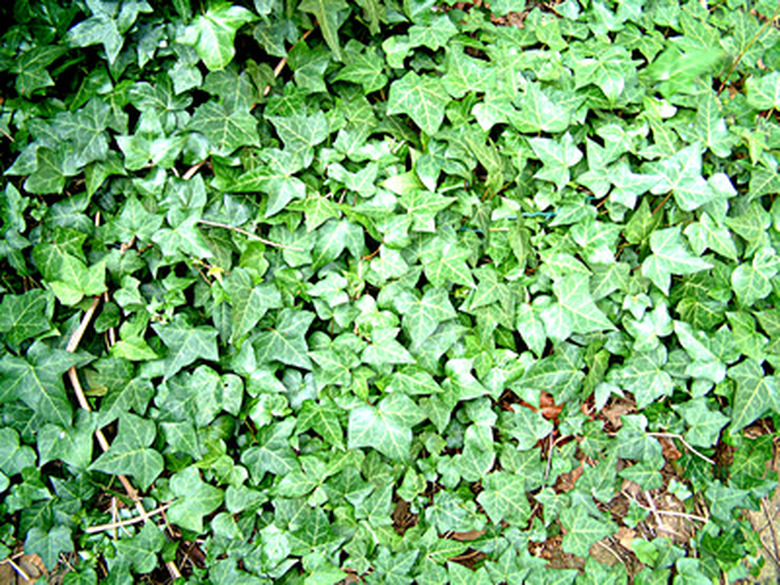How To Grow Ivy From Cuttings
When you want to spread the beauty of your vining indoor plant, you can grow ivy from cuttings to propagate the plant. Ivy is an umbrella term that covers vining/climbing plants in numerous genera and species with foliage in different shapes and colors, from solid green to variegated patterns. Ivy can grow as vines on structures, as ground cover or even as houseplants. Before propagating some types of ivy, however, you may want to check with your local cooperative extension service. Many types of ivy, such as English ivy (Hedera helix, USDA zones 4-9), are aggressive growers that are considered invasive species in many areas. Responsible gardeners avoid propagating these types, instead choosing other, more restrained ivy plants.
Grow Ivy From Cuttings: Timing
Grow Ivy From Cuttings: Timing
Propagating ivy simply means you use your adult plant to create new starter plants. Layering is one option, but it's best done in summer outdoors. When you grow ivy from cuttings, you can propagate your ivy indoors at any time of the year. While you can take cuttings at any time, you'll likely have the best results if you wait until just after an active growth spurt when your ivy plant rests.
Take Ivy Cuttings
Take Ivy Cuttings
An ideal ivy cutting is between 4 and 6 inches long. Choose young shoots for optimal growth. You ideally want a stem that's already slightly woody yet flexible.
Once you find your chosen shoots, use sanitized pruning shears to clip them. Look for a node and make your cut about 1/4 inch below it. The nodes are the small parts that protrude from the shoot where leaves grow or have already grown. Remove the leaves from the bottom portion of the shoot to prepare it for rooting.
Root Ivy Cuttings
Root Ivy Cuttings
Having your soil-less rooting medium ready to go makes it easier to root the cuttings as soon as you take them. Optimal rooting material options include vermiculite, perlite and coarse sand. Moisten the rooting medium and put it in pots.
Dip the cut end of your ivy cuttings into rooting hormone, which encourages root development. Use a pencil or other thin object to poke a hole in the growing medium. Press the cut end of the cutting into the rooting medium about 1 inch deep, making sure the lowest node is below the surface of the medium. Pat the medium around the stem to help hold it in place. If you're planting multiple cuttings in one container, leave a few inches between the cuttings to give them enough space to grow.
Protect Ivy Cuttings
Protect Ivy Cuttings
Ivy cuttings need consistent moisture to help with the rooting process, so check the soil often and water the cuttings as needed to keep the medium moist. One way you can help retain more moisture is by covering the pot and cutting with a clear plastic bag. Make sure the bag doesn't crowd the cutting. It needs to be clear to allow light to reach the cuttings. Another option is to place the cuttings in a propagation flat with a clear plastic dome.
Choose a brightly lit spot out of direct sunlight for the cuttings. You can also use grow lights indoors if you don't have a good spot with bright, indirect light. Avoid direct sunlight, which can be too hot and harsh for the cuttings.
Plant Ivy Cuttings in Soil
Plant Ivy Cuttings in Soil
Your ivy cuttings should sprout roots in six to eight weeks. You can gently tug on the cuttings to see if they've developed roots. Once the root system develops, you can transplant the ivy seedling into soil. Fill your container with fresh potting soil and plant the rooted cutting in the pot. Water the transplanted ivy and care for it like you do other ivy plants.
